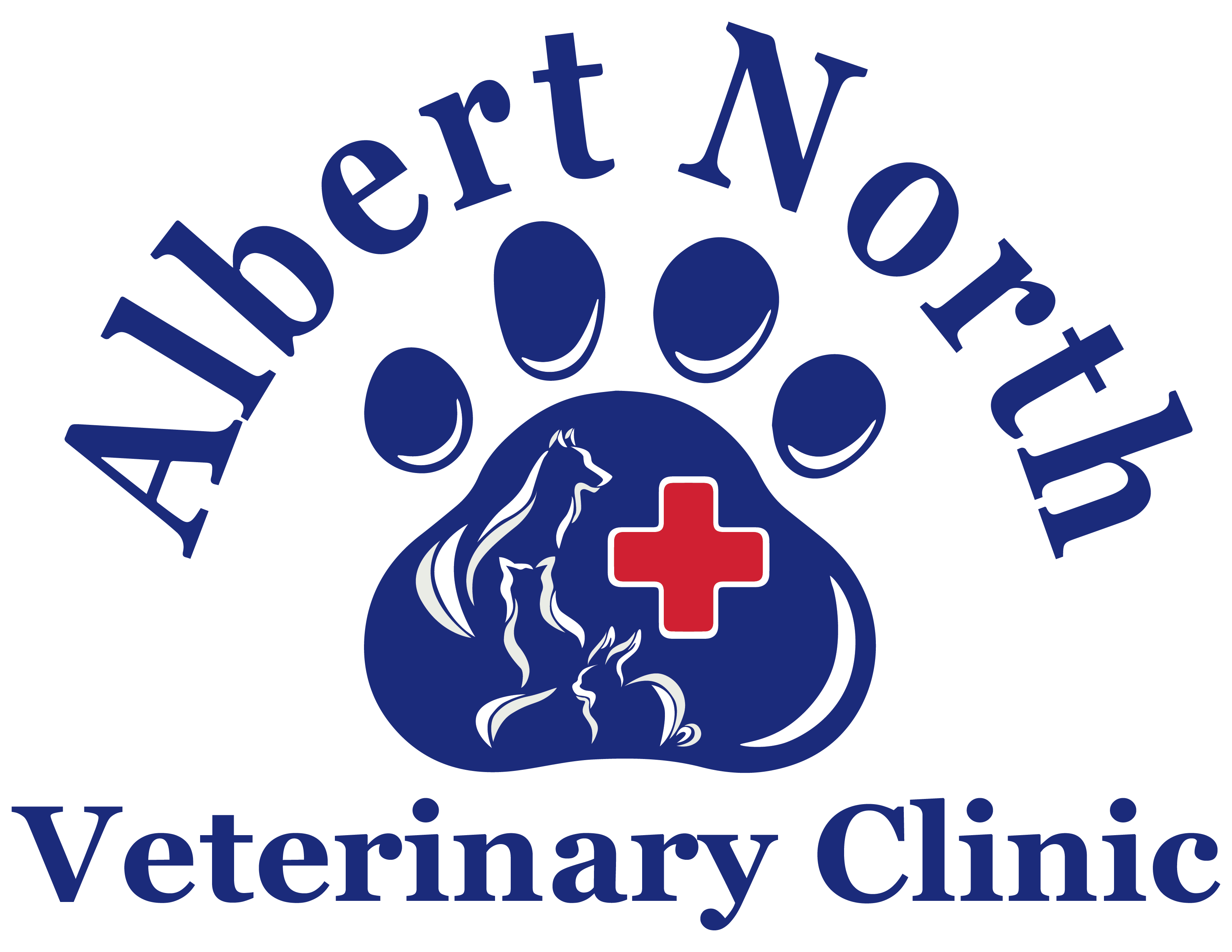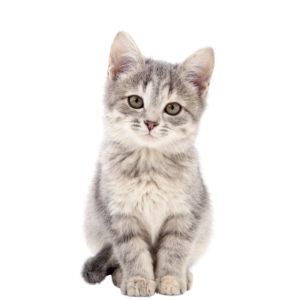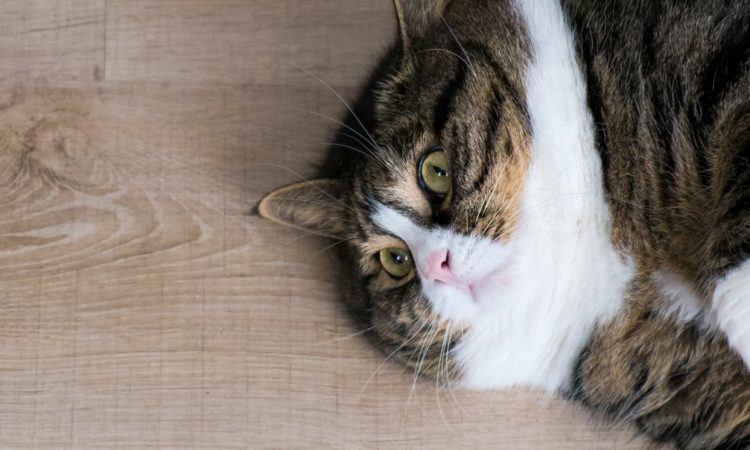Pet parents often ask why their dog or cat is categorized as a senior even though they are active and playful. Healthy senior pets should be active and playful. It’s important to recognize a pet as a senior to indicate that they have different needs than a puppy, kitten, or pet in the mid-adult category. It also indicates they are prone to different diseases and conditions; thus, the care they need and must receive should be adjusted accordingly. To know more about our senior care program, call us at 306-545-7211.
What are common medical conditions seen in senior pets?
Some common medical conditions in senior pets include periodontal disease, orthopedic conditions such as back pain, neck pain, ruptured knee ligaments, and arthritis. Multiple organ failures, cancer, loss of senses, and more are also common among older pets.
When is a dog or a cat considered a senior pet?
This is highly variable in dogs; in small breeds, generally at 8 to 10 years, medium-large breeds at 6-7 years, and giant breeds at about 5 years. Some breeds like Boxers and Rottweilers seem to age faster and can be considered senior at 5 to 6 years of age. Cats are similar to smaller breeds of dogs and are considered senior at 8 to 10 years old.
What kind of nutritional diet should be given to senior pets?
Many seniors have a slower metabolism, so they can’t eat the same quantity or kind of food as before. They are prone to obesity and possibly inadequate nutrition. If they eat less food to control weight gain, they may not receive adequate vitamins and minerals. Good quality senior diets should have a higher quality and more bio-available protein (to help maintain muscle), higher quantities of vitamins, and omega fatty acids (known to slow the aging of organs and joints).





